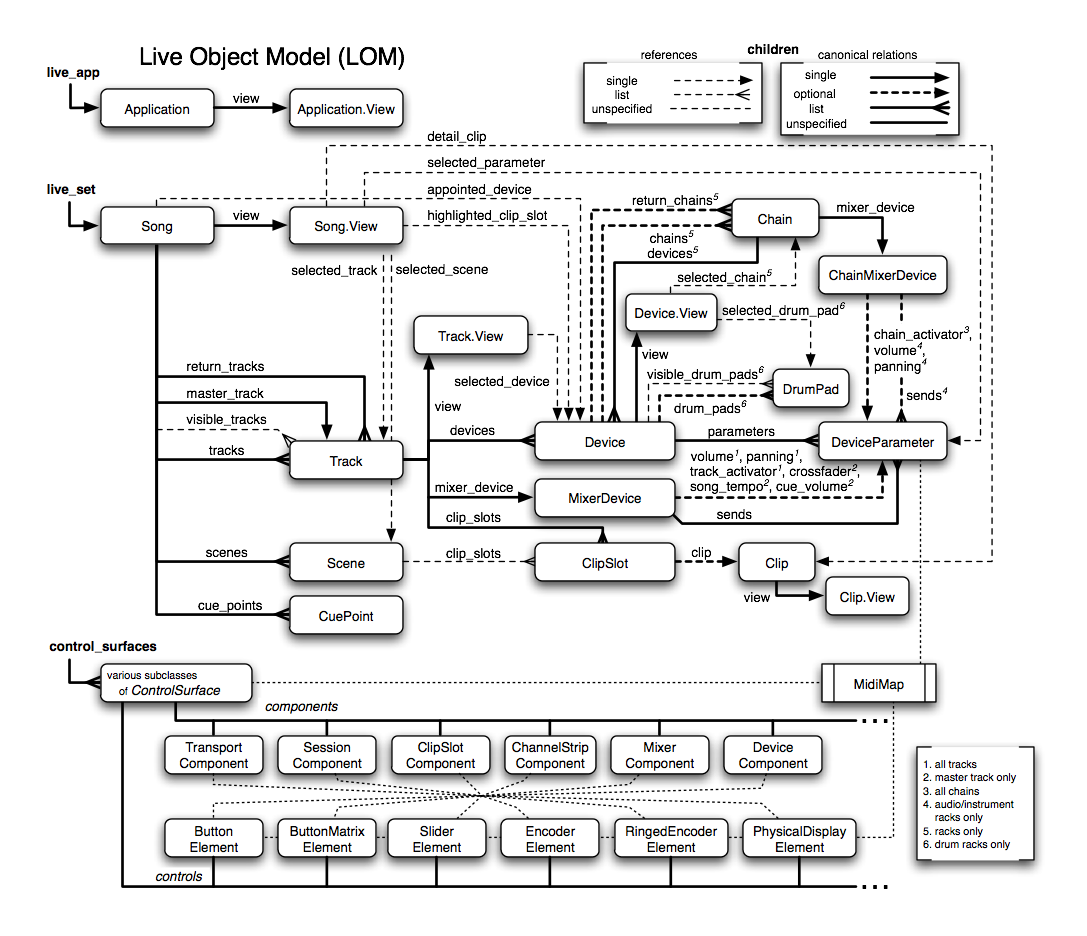

To allow of the drawing and rendering of OpenGL, the jit.gl.render object is needed. This is attached to the jit.gl.render object.
#MAX FOR LIVE VISUALS USING ABLETON PATCH#
To view the frame rate, the jit.fpsgui object is used, this should ideally stay above 30 frames per second, if it drops to below 20 then something the patch is causing extra CPU usage. Meaning it will slow down in triggering bangs depending on current CPU usage, resulting in a lower frame rate. The Qmetro object has low priority properties, compared with the Metro object which triggers a bang at the set interval at all times. The Qmetro object bangs out frames per second, this is activated using the toggle and once it is selected the Qmetro starts the video. When developing patches and for trying them, I usually pick a track which has clear transients, for example one which might start of melodic and have a clear bass-line and steady drum beat, this allows us to see how the video reacts to sound and if it needs to be adjusted in any way. Removing the left patch chord will interrupt the audio signal and prevent audio coming out on the left stereo channel and removing the right patch chord does the same with the right audio channel.ĭrag in a track of your choice to an audio channel, this will be used for audio analysis for the creation of the jitter patch. This means that the audio will play as normal while also being sent to the relevant Jitter object for audio analysis.

When creating an audio effect, signal (which is indicated by the green and white patch chords) from Ableton is routed through a created effect and then sent to the left and right outputs.įor a Jitter patch, a copy of the audio signal is taken for audio analysis while leaving the plugin~ and plugout~ objects intact. These represent the audio coming from Ableton Live and the audio being sent to the audio output device. This creates an empty audio device patch with just the plugin~ and plugout~ objects. Select Max for Live and drag in an empty Max for Live audio effect into the master channel. To create a Max for Live device we first open up Ableton Live. Ive written a tutorial on creating a basic Max for Live device here, but for the purpose of this guide I will go through the basics again. One video in particular got some messages on how I created the video, so I decided to make it my next tutorial, my third Max for Live jitter one on this site. Ive made several Max for Live jitter devices for Ableton and created some basic music videos using some of them on my YouTube page. Generate an MSP signal from a parameter value.Over the last few years I developed an interest in the relationship between audio and video, basing both my project and thesis in year 3 and 4 of my music degree on the subject. Vectorized arrow(s) user interface objectĭefine a region for dragging and dropping a fileĪ UI grid of steps, with constraints and directions Segment audio and reorder it on looped playback Timing and Synchronization in Max for Live Now with Max 7, it is possible to open, edit and incorporate AMXD devices directly inside of Max. These can be MIDI and audio effects, audio and video synthesizers, 3D Jitter visuals, as well as tools that interact with the Live application itself, via the Live API. Max For Live gives you access to hundreds of exclusive custom plug-ins (Live Devices) as well as the tools to build your own. Max For Live brings the power and flexibility of Max to Ableton Live. Timing and Synchronization in Max for Live.Max for Live Object Alphabetical Listing.


 0 kommentar(er)
0 kommentar(er)
